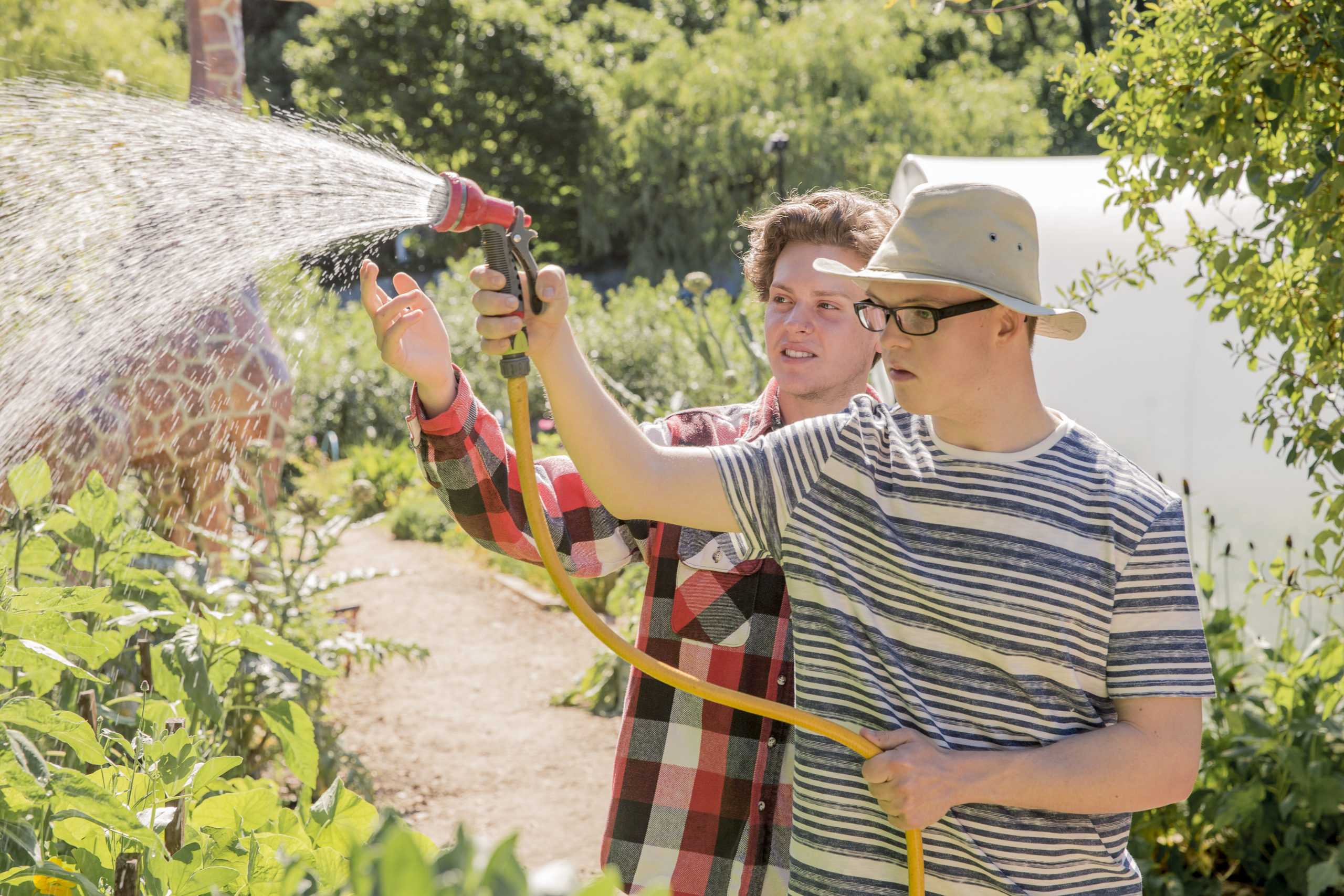Think curiously rather than concerning: A different view on behaviours of concern
Behaviours of concern is fast becoming a damning phrase to describe a person’s difficulties rather than fostering actual concern.
In the disability sector, a person is often described as having behaviours of concern or challenging behaviours – without curiosity to learn why the behaviour exists.
All behaviours have a function or meaning. When we spend time to understand this function, we can start to look at things from a new perspective.
As an occupational therapist and Certified PBS Practitioner who’s been curious about behaviours for a decade, here’s what I’ve learned. It’s time we moved away from concern and embraced curiosity.
Using curiosity as a lens to view behaviours
1. Get to know a person’s needs and goals
Before you can know a person’s triggers, you need to get to know the person. Consider:
- How do they like to spend their time?
- What motivates them to engage?
- Who are their favourite people and why?
Answering these questions will help determine when the person doesn’t need to use behaviours of concern – and enable us to provide opportunities for them to do more of what they love.
Increasing a person’s quality of life can significantly reduce their need to use behaviours of concern.
2. Use a strengths-based approach
Identify what the behaviour is and be curious as to what the person is getting from it.
Rather than trying to stop the behaviour from occurring, consider how could it be replicated in a safer, more functional way.
Picture this: A person is making loud vocalisations in the supermarket and has been labelled an ‘attention-seeker’. Many people would advise to ignore it.
Instead, why aren’t we labelling it as ‘attention needing’ – and responding by showing them positive ways to gain attention?
This person needs attention, rightly or wrongly. And there are easy ways to include incidental attention into their day, such as actively engaging them in the task (rather than ignoring or doing it for them). This will allow you to talk them through it, providing social interaction and the opportunity to build their skills.
The key is to be curious and creative about providing them with what they need.
3. Enable rather than restrict
When looking to stop or eliminate a behaviour of concern, the first response can be to restrict the person’s access.
For example, if a person overeats, a lock is placed on the pantry. If a person pushes through the crowds at a football game, they’re prevented from attending future games.
Although restrictive practices may be needed in some situations, they are not the long-term solution. The only purpose of restrictive practices should be to lower the risk of harm and keep the person safe so that we have time to continue to be curious about a better alternative.
A primary focus for positive behaviour support is to reduce and eliminate the use of restrictive practices. This should never waiver.
When you’ve found out about the person and the function of the behaviour, you can explore ways to enable the person to meet their needs with less restriction.
Let’s go back to the above two examples.
For the person who overeats, you may still need to restrict some food. But consider making other food available they can eat if they choose to, while establishing clear expectations around larger meals.
And for the person who pushes through crowds at a football game, consider exiting the venue when the crowd has dispersed, so there isn’t the haste to escape the buzz of people.
It may take time, but the vision should always be to enable – rather than restrict.
4. Foster supportive environments by enabling choice
When a person feels supported, valued and heard, they have a greater capacity to engage and learn new skills.
I frequently draw on the Capable Environment framework which explores how the people around a person can influence positive behaviour changes.
Supporting a person’s communication, enabling choice and control, and providing skilled and mindful supports all influence how a person engages and responds.
Persisting until you understand what a person is trying to communicate will tell you what they are saying, while making them feel validated. That their voice – whatever that looks or sounds like – is worthy.
This could be as simple as offering them what they want for breakfast, to more complex choices like where they want to live.
Lead with curiosity and kindness
I implore you to be curious about all behaviours. Helpful or unhelpful. Kind or concerning.
I implore you to be curious about all people – your partner, your colleague, the cashier at the supermarket. Wonder about their perspective and how you could make their day better.
When we remove the assumption that a person is rude or dangerous, we remove judgement and open ourselves to curiosity as to why they behave that way.
That’s where the magic happens – and positive changes can be made.
About the author
Jenna Noonan is KEO’s Occupational Therapy Team Leader. Jenna has established the Positive Behaviour Support stream, expanding KEO’s extensive allied health services.
To gain a deeper understanding of why a person uses behaviours of concern, Jenna has completed additional training to facilitate comprehensive functional assessments.
Jenna’s core values are curiosity, connection and supportiveness – which is what enticed her to work as an occupational therapist; finding joy from working with ‘the tricky kids’ as a graduate which continued throughout her career.
As the NDIS enabled more people to access Positive Behaviour Support, Jenna discovered that her curiosity was not limited to paediatrics. She now enjoys getting to know people of all ages and why they do the things they do.
